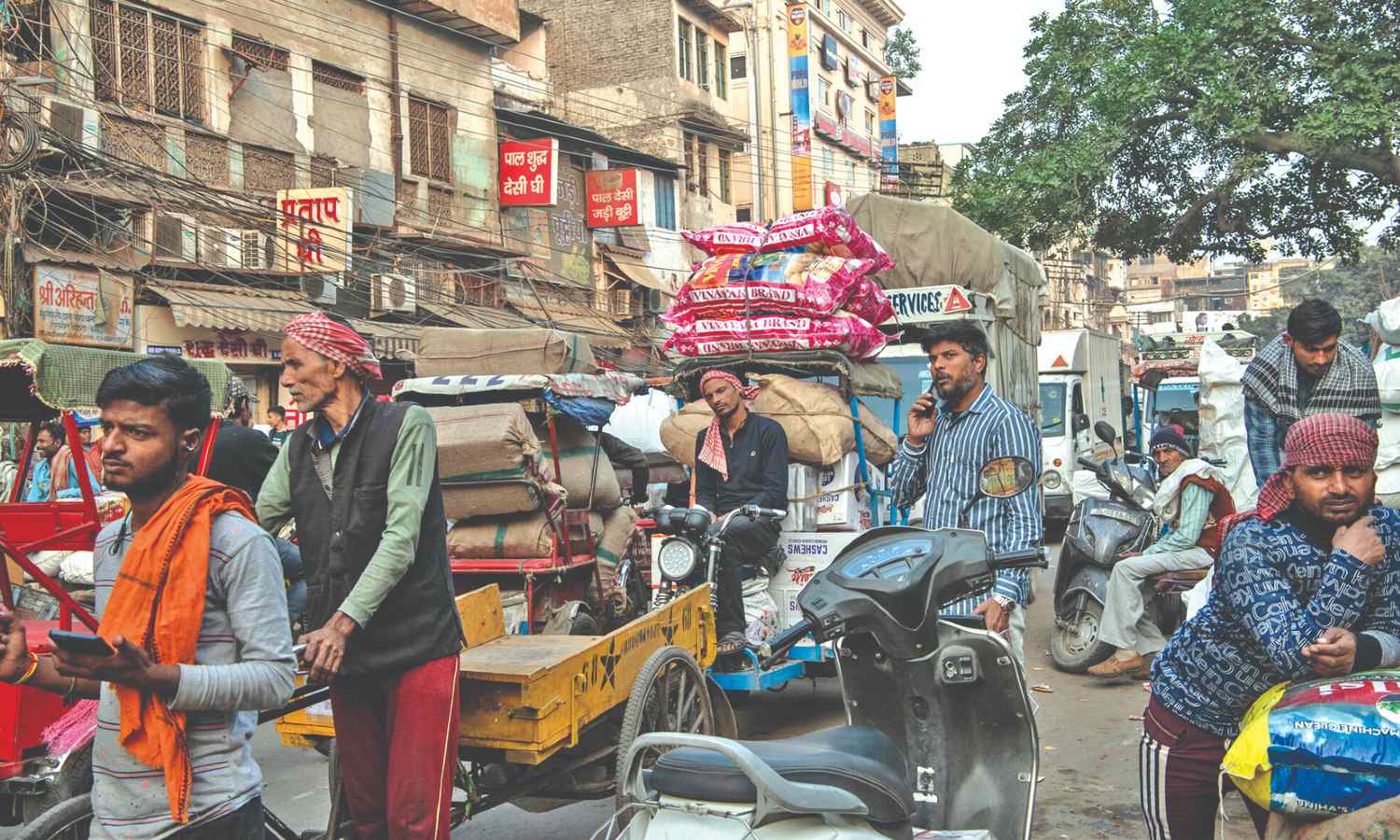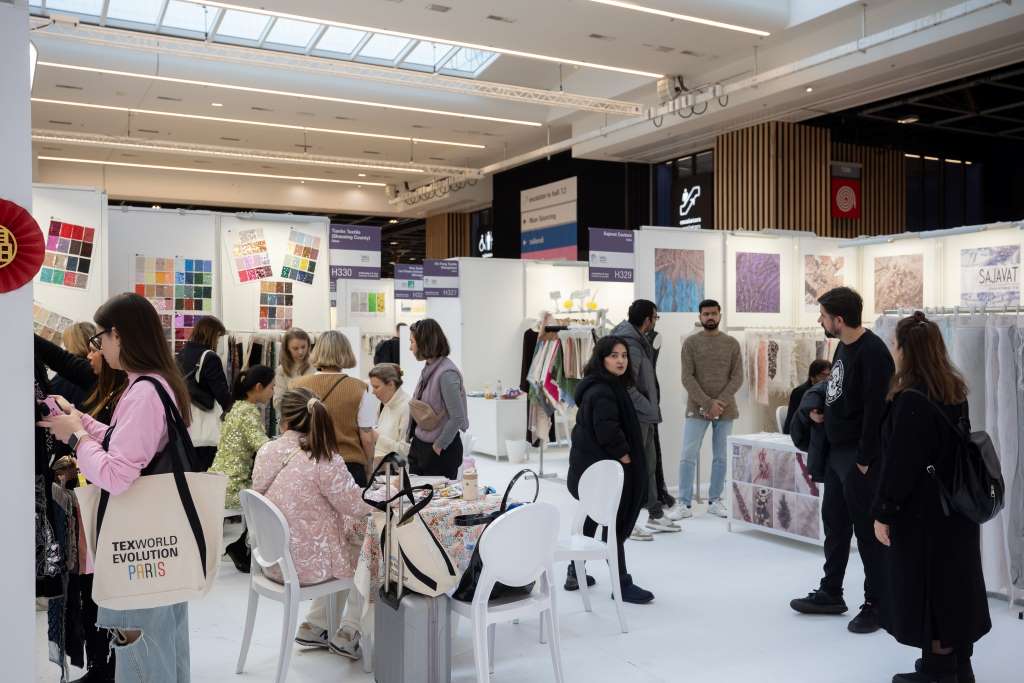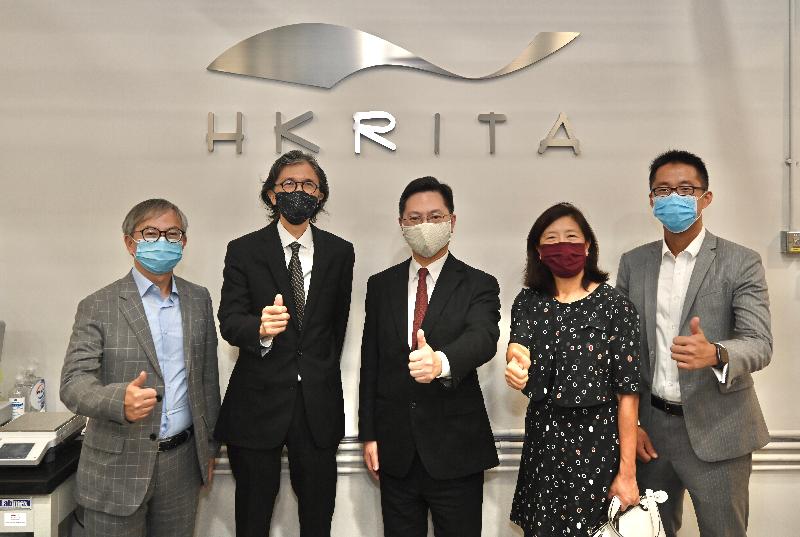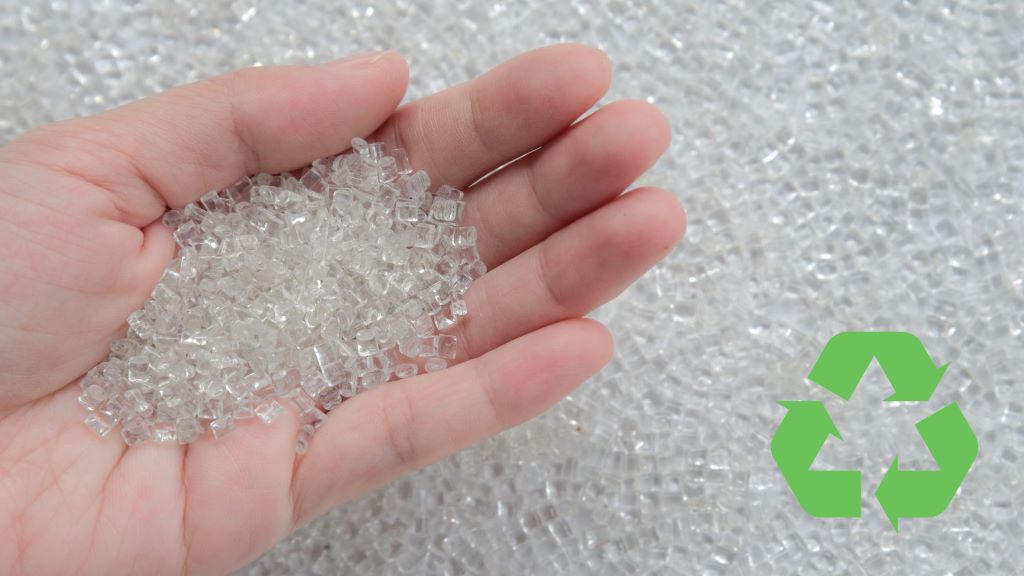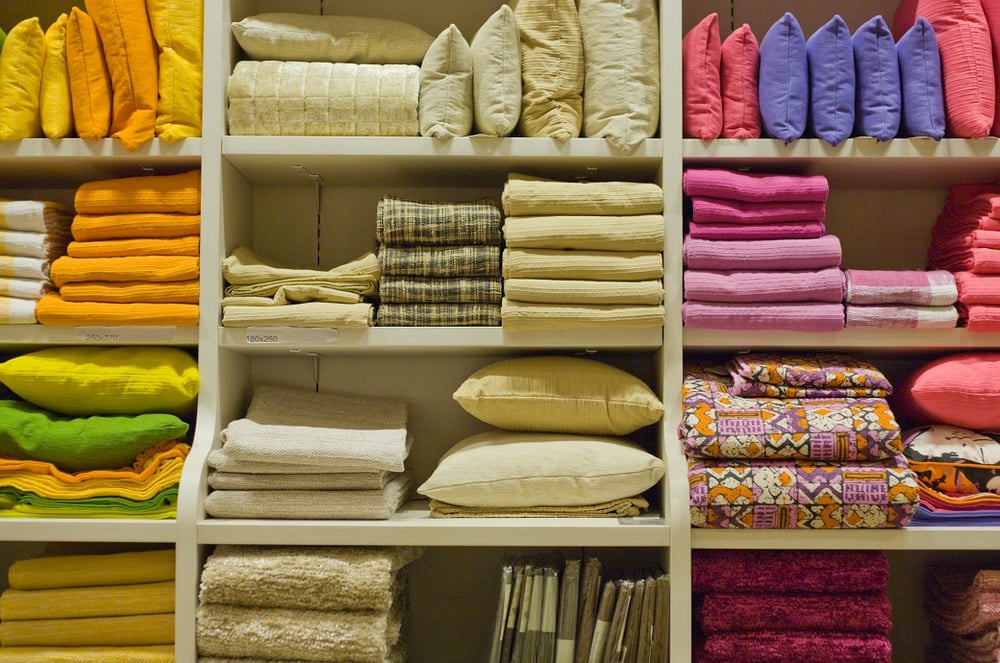FW
Samsung will offer textile businesses in South Korea its smart factory expertise and help them adopt smart management systems. This is expected to help more than 1,000 small and medium enterprises establish computerized factory management solutions.
The latest move is meaningful, because the smart-factory project has been so far limited to industries such as automobiles, metals and electronic components businesses.
More than 80 per cent of the textile business operators in the country have fewer than 10 employees, due to falling demand. Some companies are reluctant to adopt ERP solutions due to financial issues.
Under the partnership, the electronics giant will share its technical expertise in areas such as efficient factory management. The Samsung ERP solutions include all the corporate management processes ― inventory management, accounting, sales and finance management.
Korea has been opening up so-called creative economy centers throughout the country sponsored by conglomerates, aimed at bolstering the development of ventures through merging various industries with information and communications technology.
Some 17 conglomerate-funded innovation centers have been built across the nation.
The country’s textile industry has for decades suffered due to the slowdown, failing to renovate manufacturing facilities and adopt smart management systems.
www.samsung.com/in/home/
Dubai’s retail sector has been growing between 3.5 per cent and 7.5 per cent since 2010. Consumer spending is expected to support retailing activity to expand by 7.7 per cent in 2016, with growth thereafter at a CAGR of 8.1 per cent until 2020.
Store-based retailing is behind 98 per cent of the total value of retailing in 2015, and its pace of growth has by a large margin outpaced the growth of the non-store retailing category since 2010.
Growing economic prosperity, a steady population growth, and rising incomes have all helped to increase consumers’ overall expenditure in Dubai. In addition, the boom in tourist numbers has kept the wholesale and retail sector vibrant.
Dubai’s trendy, youthful population is a major factor for this growth. This segment of the population keeps up to date with the latest trends in many retail product categories such as apparel, footwear, health and beauty products as well as luxury products. This has encouraged retailers to introduce new merchandise and expand their physical presence in recent years, leading to higher value growth.
Apparel and footwear retail outlets are set to lead growth in the medium run at a forecast CAGR of 6.6 per cent, which will keep it as the largest sub-segment under the non-grocery retailing category.
The OEKO-TEX Association has officially launched the new ECO PASSPORT by OEKO-TEX certification for sustainable textile chemicals. It is a two-step verification procedure by which manufacturers of textile processing chemicals and chemical compounds are able to confirm that their products meet the criteria for environmentally responsible textile production. The six month pilot phase with manufacturers has been successfully completed. The results have been positive and the first certified textile chemical producers has already accessed the key benefits of the new ECO PASSPORT concept.
ECO PASSPORT by OEKO-TEX offers textile chemical manufacturers a confidential and independent method to reassure their customers that chemicals, colorants, and auxiliaries are in line with the industry ’sustainability requirements and initiatives. ECO PASSPORT by OEKO-TEX certifies chemicals protect consumers, textile industry workers, and the environment from the potential dangers of harmful substances.
Based on customer and market feedback during the six month pilot test phase, OEKO-TEX modified the original ECO PASSPORT concept to improve functionality. The workflow between applicants, testing institutes, and the OEKO-TEX Secretariat was refined and the certification and lab testing procedures were optimized.
Textile chemicals, colorants, and auxiliaries are analyzed in a two-step process that confirms that the compounds and each ingredient meet specific criteria for sustainability, safety, and regulatory compliance. In the initial analysis, chemical compounds are checked against a comprehensive manufacturing restricted substance List (MRSL) that incorporates the OEKO-TEX Standard 100 RSL and the STeP by OEKO
TEX® MRSL both of which are compliant with REACH and ZDHC guidelines. Next, the textile chemicals, colorants, and auxiliaries are analyzed within a well-reasoned laboratory testing framework to ensure that they do not contain any unsafe contaminants. Compounds that pass these two phases are granted the ECO PASSPORT by OEKO-
At a recent global textlile trade show, Lenzing and The Woolmark Company signed a Cooperation Agreement and presented the partnership between the lyocell fiber TENCEL and Merino wool. The perfect fiber duo introduces a new dimension to high-end textiles and active wear.
Merino wool has been renowned as a fiber material for a long time and has always been used as a raw material in clothing and in home textiles. In the high-end segment, Merino wool is a highly desirable fiber. The end result can be extremely fine and glossy. TENCEL is ideal as a blending partner for Merino wool. The properties of moisture management and a smooth fiber surface are enriching factors when combined with Merino wool.
International brands have been successfully using the fiber duo in their collections. The blend is particularly popular among customers in Europe and the US. In internal retail analysis, it is striking that the TENCEL/Merino wool blend is often used in knitwear.
The blend is used predominantly in the active wear segment, according to Robert van de Kerkhof, CCO Lenzing. “Our activities will focus on woven fabrics with high-quality fabrics for formal suits, clothes and shirts. We are operating with wool blends in a high-end, segment with high margins and are interested in expanding this business,” he explains.
The best of two worlds TENCEL is of botanic origin. Merino wool is a protein fiber. The fibers unite the best of two worlds. TENCEL stands for a silky smooth drape and the blend with Merino wool demonstrates that the luxurious flow of the fabrics can create new and fashionable silhouettes
Thermal regulation is, however, one of the most interesting features of the blend. Both fibers absorb moisture vapour very well and create a pleasant micro climate on the skin. “It is also interesting that Merino wool becomes even more usable for summer with TENCEL and TENCEL becomes more suitable for winter as a result of blending with Merino wool,” Robert van de Kerkhof comments. “This means that the blend can be used whatever the season is.”
Business targets of the cooperation
The long term goal is to expand the high-end Merino wool market with TENCEL/Merino wool blends by 2020 and firmly establish this elegant blend in global collections. The product developments will be backed up with In-house developments and co-operation with external trend experts, especially for shirting are being intensified to inspire fabric manufacturers in Asia. Globally, the focus is on flat knits and circular knits for women’s outerwear, and for men’s and children outerwear.
India’s 2016-17 cotton production is forecast at 28.5 million bales. Yields are expected higher through a combination of better crop, pest, and weed management practices and a probable normal monsoon after two consecutive years of deficient rain.
Mill consumption is forecast lower than the 2015-16 marketing year as demand remains weak.
Planting decisions are largely driven by expected price realization, but additional factors such as the relative cost of production of competing crops, water availability, anticipated minimum support prices and a timely monsoon are crucial factors.
Farmers consistently exhibit strong preference for cotton relative to other crops. But India’s cotton yields remain significantly lower than the global average of 800 kg per hectare, a difference attributed largely to the relatively low plant populations that farmers seed in order to create rows that are wide enough for bullocks and workers to traverse. The area may decrease over the long-term as rising food demand and efforts to encourage food crop production prompt farmers to shift to other crops.
The advent of biotech cotton has improved the predictability and stability of cotton as a crop which has supported the expansion of cotton area in recent years. Arrivals may be lagging compared to previous years but larger supplies are being held in the supply chain among various stakeholders.
Bangladesh’s readymade garment exports to the US in 2015 rose by 11.74 per cent compared to the previous year. But in the first two months of this year they grew by 8.46 per cent compared to the same period last year.
However Bangladesh’s export earnings from the US declined slightly in February compared with that in the previous month.
If Vietnam gets zero tariff facility to the US market under the Trans-Pacific Partnership it would pose a severe challenge to Bangladesh. The country would have to enhance its productivity and skills to remain competitive. It would have to go in for upgradation and product diversification.
Exports of Vietnam to the US market grew by 22.73 per cent in the first two months of this year while readymade garment exports showed a 23 per cent growth. Earnings in January showed a 11.31 per cent growth while earnings in February posted a single-digit growth.
Apparel exports of China to the US market in the first two months of this year grew by 8.92 per cent compared to the same period last year.
India’s apparel export to the US market in the first two months of 2016 grew by 9.49 per cent compared to the same period last year.
Hanes Brands will acquire Champion Europe. Hanes intends to take advantage of its strong balance sheet to fund the acquisition with debt. It will acquire the privately held Champion Europe, based in Italy, in an all-cash transaction. The purchase price will be 10 times actual calendar 2016 earnings before interest, taxes, depreciation and amortisation, subject to adjustment for cash, debt and working capital.
Champion Europe, based in the US, is a leading designer, marketer and distributor of athletic apparel and accessories across Europe, Africa and the Middle East. It is defined by an American athletic heritage and a reputation for providing innovative and durable products for male and female athletes and teams throughout the world for a wide variety of sports.
Sauro Mambrini, chief executive officer and president of Champion Europe, will remain with Hanes Brands to oversee Champion Europe operations.
Hanes, based in the US, offers comfortable, attractive clothing for men, women and children, including T shirts, hoodies, underwear and more.
The acquisition is expected to close mid year 2016. Hanes has a vision for Champion as a global brand. Combining the Champion businesses will create a unified growth platform to benefit from the global consumer growth trend for active apparel.
www.hanes.com/
By 2022, California will be the state with the highest minimum wages in the country, making it an expensive place to do business. Currently, the federal minimum wage stands at $7.50 an hour.
In April 4, Governor Jerry Brown signed a bill that made California the first state to raise the minimum wage to $15 an hour by the end of 2022. Under a deal reached with state lawmakers last week, the state minimum wage will rise to $10.50 on Jan. 1 for businesses with 26 or more employees.
Annual hikes will result in a minimum of $15 per hour in January 2022. Smaller businesses would have until the end of 2022 to comply. Currently, California’s minimum wage is $10 an hour.
New York’s Gov. Andrew Cuomo also signed legislation on April 4 that will raise New York City’s minimum wage to $15 an hour by the end of 2018 before it spreads to the rest of the state.
For workers in New York City employed by businesses with at least 11 employees, the minimum wage would rise to $11 at the end of this year, then another $2 each of the next two years. For employees of smaller companies in the city, the minimum wage would rise to $10.50 by the end of the year, then another $1.50 each year for three years. For workers elsewhere in the state, the increase would be slower.
Bangladesh has revised the cash incentive scheme for the fiscal year 2015-2016, raising the rate of incentive for textile products exported to the Eurozone area and leather goods.
The rate of cast incentive for export of textile products to the Eurozone area has been increased to six per cent from the current four per cent. The sector gets cash incentive as an alternative to the duty bonds and duty drawback facility. The rate of cash incentive for export of leather goods has also been increased to 15 per cent from the current 12.5 per cent.
Exporters who have already received the cash incentive at the existing rate will also be allowed for the additional benefit.
Exporters would receive cash subsidy for the products against net repatriation of the FOB (freight on board) prices. Bangladesh will shore up and offer incentives for export-oriented industries. Six export products alone account for nearly 90 per cent of the country’s yearly export earnings.
Bangladesh’s exporters have been passing through a torrid time in recent times because of the euro zone crises, higher production costs and infrastructure deficiencies.
The country offers export incentives for agro products such as vegetables and fruits, leather goods, home-made textiles and jute goods.
The National Fire Protection Association (NFPA) has released the Bangladesh ready-made garment (RMG) industry high level assessment report. It presents an appraisal and gap analysis of Bangladesh’s fire and building safety standards, inspection procedures and training programs.
The final report includes short-term and long-term recommendations that provide a road map for sustainable electrical, fire and life safety in RMG manufacturing facilities in Bangladesh.
NFPA and the University of Maryland were invited by the Alliance for Bangladesh Worker safety (the Alliance) to provide an independent review of their factory upgrade program designed to improve worker safety.
The Alliance identified a sample of 14 factories currently undergoing remediation in the Dhaka region of Bangladesh. The project team to visit the sites, observe building operations and interview key stakeholders in the building industry.
Based on these activities, NFPA made recommendations for the government officials and other stakeholders to undertake efforts to institutionalize sustainable worker safety enforcement programs.
“The Alliance has been working hard to meet its goal to create a safe environment for workers in Bangladesh’s factories, and its results-oriented process has helped make progress within the industry, said Don Bliss, NFPA’s vice president of Field Operations.”
The success of the suggested methods for improvement after the Alliance timeframe expires will depend on the concerted efforts of all stakeholders in Bangladesh RMG fire and life safety.


